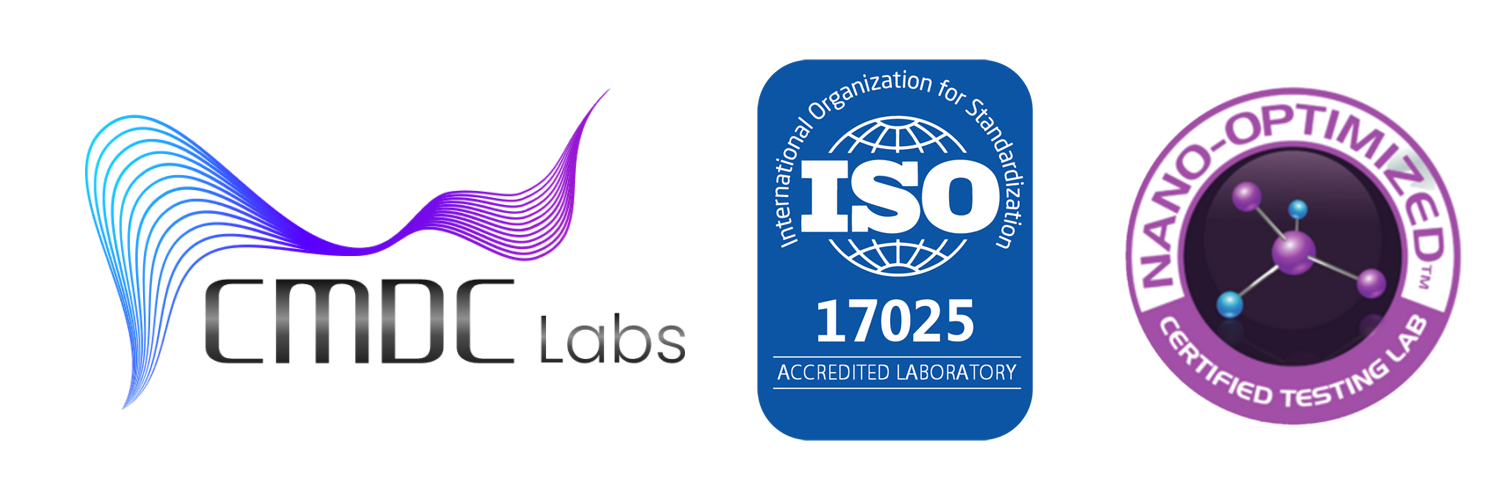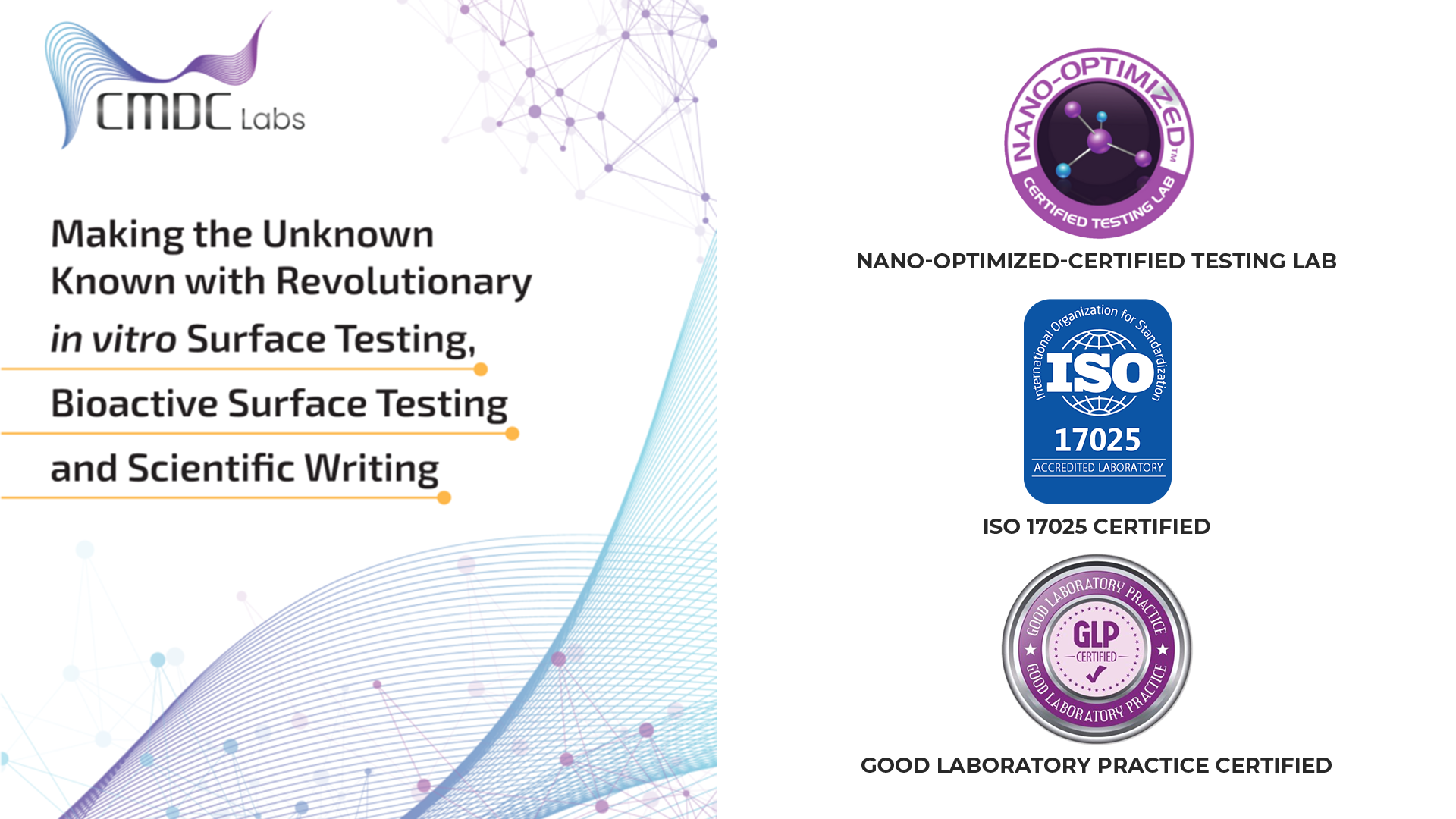One of the single most crucial aspect of biotechnology is sterility testing specifically in developing and manufacture of pharmaceuticals, medical devices and biologics. Making sure that the products are free from viable microorganisms or contamination helps maintain safety along with efficacy.
The Significance of Sterility Testing
Sterility testing provides a lengthy list of vital purposes in biotechnology, some of these have been listed below:
1- Patient Safety: Contaminated products or medical devices can lead to outbreaks and multiple categories of illnesses. Therefore, ensuring sterility helps protect the public health from adverse effects of contamination.
2- Quality Assurance: Sterility testing is one of the component of quality control method that would make sure that specific items and products meet the required standards. Manufacturers are able to uphold their reputation and minimize the chances of product failure.
3- Regulatory Compliance: Regulatory agencies such as EMA and FDA ask for continuous sterility testing for the purpose of approval of the bio pharmaceutical products. Not adhering to the guidelines set by these agencies would ultimately lead to legal issues, penalties and even product recalls.
4- Research Integrity: In the field of research; contamination from microorganisms can alter results and prove to be an obstacle in progress. Sterility testing basically ensures that the studies are done on samples that are not contaminated by additional pathogens.
Regulatory Standards
Sterility resting protocols are required to adhere to the established regulatory standards. Some of the key guidelines have been listed below:
1- ISO 11737
ISO 11737 has been known to provide guidelines to prove the validity of sterilisation procedures. This standard focuses on the significance of reliable testing methods to ensure that the products’ sterility is maintained.
2- Good Manufacturing Practice – GMP
GMP regulations have a stringent requirement that products are continually produced and then controlled in accordance with the quality standards. Sterility testing is one of the most significant aspects of GMP compliance. This ultimately ensures that products uphold and follow the required safety criteria.
3- United States Pharmacopeia (USP) <71>
USP <71> is specifically focused on the need for sterility testing in pharmaceutical products. It outlines methods, incubatory times along with the proper technique of handling methods to ensure adherence to the quality standards.
Key Protocols in Sterility Testing
Sterility testing protocols may differ keeping in consideration the type of product. However, some standardised methods are very commonly used with in the industry.
1- Direct Transfer Method
The direct transfer is a simplistic approach that is mostly used for liquid products. This method basically calls for a direct inoculation of growth media with the sample required to be tested.
The procedure requires sample collection aseptically, transfer into a sterile growth media, incubation at specific temperatures (bacteria: 30-35 degrees and fungi: 25 degrees), and then monitoring for chances of growth.
2- Suspension Method
This method is particularly used for solid or semi-solid samples.
The method involves suspension of product in sterile diluent, inoculation for growth and observation for a designated incubation period.
The test results are reliable and the method is highly versatile.
3- Endotoxin Testing
The presence of endotoxins can induce severe reactions in humans. This is why their detection is crucial.
The methods include: Limulus Amebocyte Lysate (LAL) uses a reagent that is extracted from horseshoe crab blood. It reacts in the presence of endotoxins. The sample is then incubated combined with the LAL reagent to rule out the level of endotoxin presence.
The Role of CMDC Labs
CMDC labs have long played a prominent role in the field of sterility testing. It provides a vast range of services that provide support to biotechnology firms in ensuring sterility.
1- A long list of sterility testing services
CMDC labs provide the facility of both conventional and innovative methods of sterility testing so clients can choose from among them according to their convenience.
These methods include: direct transfer method and membrane filtration.
2- Professional consultations
The CMDC labs boast a team of highly skilled experts that tend to provide consultation to assist clients in exploring the complexities of sterility testing.
This ultimately helps clients select the most appropriate testing procedures so they are able to validate their protocols effectively.
3- Regulatory Support
CMDC labs offer the required support to their clients ensuring that they follow the necessary standards for the purpose of product approval.
4- Quality Assurance
By not compromising on quality and committing to it, CMDC labs implement a quality management system that ensures compliance to the international standards. This stringent focus on the quality helps them maintain their good reputation while ensuring that no compromises are made on the regulatory compliance.
5- Support in Research and Development
CMDC labs have been known to collaborate with multiple research organizations to promote the development of new products. The expertise that they hold is essential to come up with new formulations.

